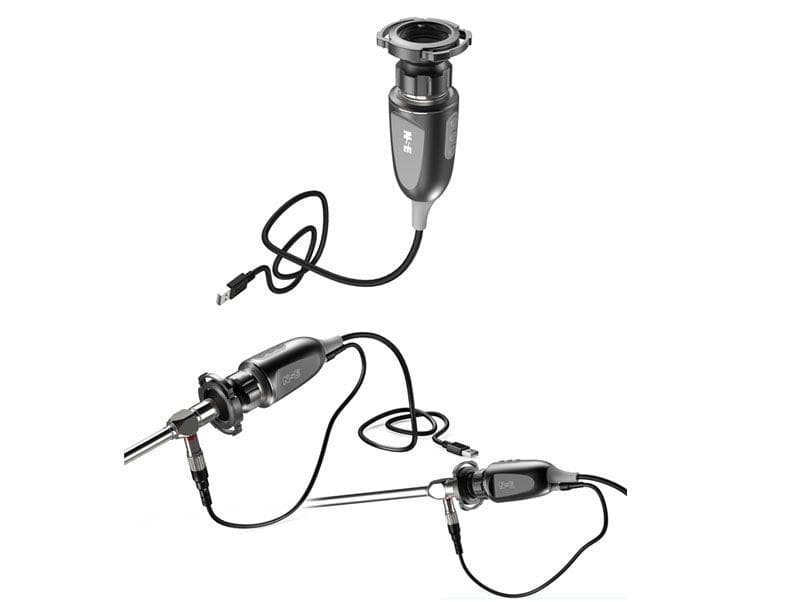12.05.2021
This most informative method of examination allows you to examine the nasal cavity, ears, and larynx.
Endoscopy nasopharynx is a modern, accurate, little traumatic, and painless view of the nasal cavity examination.
The endoscope is a metal tube, a thickness from 2 to 4 mm, equipped with a flashlight and a camera on one side, and an eyepiece on the other.
The endoscope joins the video camera and the image is transmitted to the monitor. The method allows the doctor to qualitatively and fully review the nasal cavity and nasopharynx, which will allow the exact diagnosis.
The reasons for endoscopy are:
As a rule, the endoscopic examination of ENT organs is carried out for: rhinitis, inflammation of the sinuses of the nose (shamorite fronting of ethmoid), polyposis of the mucous nose, adenoiditis, otitis, tonsillitis, and other diseases Lor.
Using the nose endoscopy, you can detect the pathology of the mucous membrane of the nose, and nasopharynx.
Estimate the state of the saux sinuses of the nose. To detect polyposis changes in the nasal cavity, and inflammatory processes of adenoid tissue.
What is important when it comes to diagnosing diseases in children.
The procedure is carried out in a sitting position. The patient is planted on the chair, slightly throwing his head.
After that, the nasal cavity is treated with vasoconstrictive solutions and then painkillers.
Used for this lidocaine in the spray. After anesthesia in the nose, there is a tingling, this should not bring discomfort.
Next, the endoscope is introduced into the nose, and the method of examination begins.
The picture is displayed on the monitor and the doctor, assessing the situation, decides on treatment.
The procedure, as a rule, takes no more than twenty minutes (anesthesia, direct endoscopic examination, and drawing up the doctor's conclusions).
All endoscopic examinations can be recorded and saved.
The procedure of rhinoscopy, as a rule, does not require any special training and is easily tolerated by children.
The doctor explains to the patient the essence of the study and certifies that during the procedure it does not feel pain, and the discomfort sensations will be minimal.
In addition, the patient should be ready to adhere to full real estate during the study, and if the survey is carried out by a child, one of the parents should be present during the procedure.

The procedure has an indisputable advantage.
The procedure has the most important diagnostic value since it allows you to identify a series of pathologies that are difficult to diagnose in other ways. It is used as a basic diagnostic method or in the presence of doubt about the correctness of the diagnosis.



(с) 2024